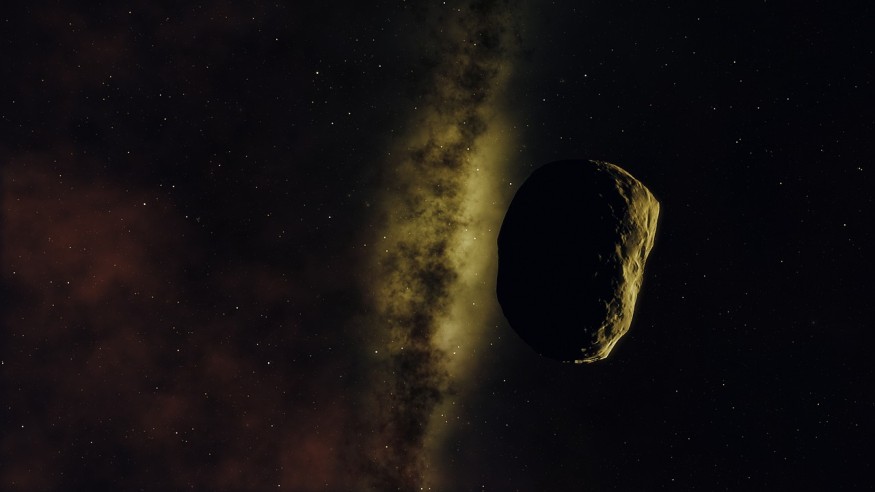Asteroid 2023 DZ2 nearly struck Earth over the weekend and a video shows its very close flyby with our planet, as never recently seen before with a space rock with almost the size of the Statue of Liberty in New York.
The close approach between the 200-foot asteroid and the Blue Planet was captured by Gianluca Masi, an astronomer with The Virtual Telescope Project (VTP).
Asteroid 2023 DZ2

Masi captured 2023 DZ2 through a series of images which led to the creation of the time-lapse video.
The asteroid flyby event occurred on Saturday, March 25, wherein the space rock pass by Earth at a safe distance, Newsweek reported.
However, the said proximity of the asteroid is closer than one might think.
Reports said that the VTP astronomer first took images of the asteroid with a proximate distance of 1.1 million miles from Earth as of Wednesday, March 22.
Nevertheless, 2023 DZ2 reportedly kept getting closer and brighter reaching a minimum distance of approximately 108,000 miles from our planet as of 4:00 p.m. ET (local time) last Saturday, as shown by the Center for Near Earth Object Studies (CNEOS) of the National Aeronautics and Space Administration (NASA), as cited by Newsweek.
Near-Earth Objects
In astronomical terms, near-Earth objects are measured depending on their relative distance with our planet, especially with its distance to nearby celestial objects, such as the Moon.
In the case of our recent rocky visitor, the distance recorded was reportedly less than 50% of the average distance between our planet and its lunar neighbor.
Abbreviated as NEOs, near-Earth objects are asteroids and comets that have been pushed by other of our nearby planets' gravitational attraction which allowed them to enter Earth's orbits, according to NASA.
Meteor Strikes
Asteroids, comets, and other space rocks frequently hit or fly by Earth.
While meteors can enter our atmosphere and even hit our planet's surface, not all these space objects are always of concern to astronomers and space enthusiasts, at least.
This is because small meteors, also known as fireballs, disintegrate even before reaching the ground or any bodies of water.
However, large asteroids such as 2023 DZ2 can have a potential, significant impact upon hitting Earth.
In previous asteroid strikes, shockwaves are the most common initial impact once these objects hit the surface.
In 2013, a meteor exploded in the skies over Chelyabinsk, Russia, causing several thousand of damaged buildings and shattered windows with over a thousand injured, Reuters reported.
Planetary Defense Efforts
In recent years, astronomers from NASA, the European Space Agency (ESA), and other space agencies worldwide have not only monitored approaching NEOs but also conceptualized and planned concrete measures to avoid a direct asteroid impact.
One such measure is called the Double Asteroid Redirection Test (DART), a NASA-led space mission aimed at testing the efficiency of kinetic impact as a method of planetary defense against NEOs.
In particular, it determines whether or not a spacecraft's physical collision will significantly deflect an asteroid away from Earth.
According to a NASA press release in October 2022, the DART mission showed that the spacecraft's kinetic impact targeting the large asteroid, Dimorphhos, successfully changed the space rock's orbit.
The US acknowledged such feat to be humanity's first time of intentionally altering the motion of a celestial object and demonstrating the power of asteroid deflection technology.
© 2025 NatureWorldNews.com All rights reserved. Do not reproduce without permission.





